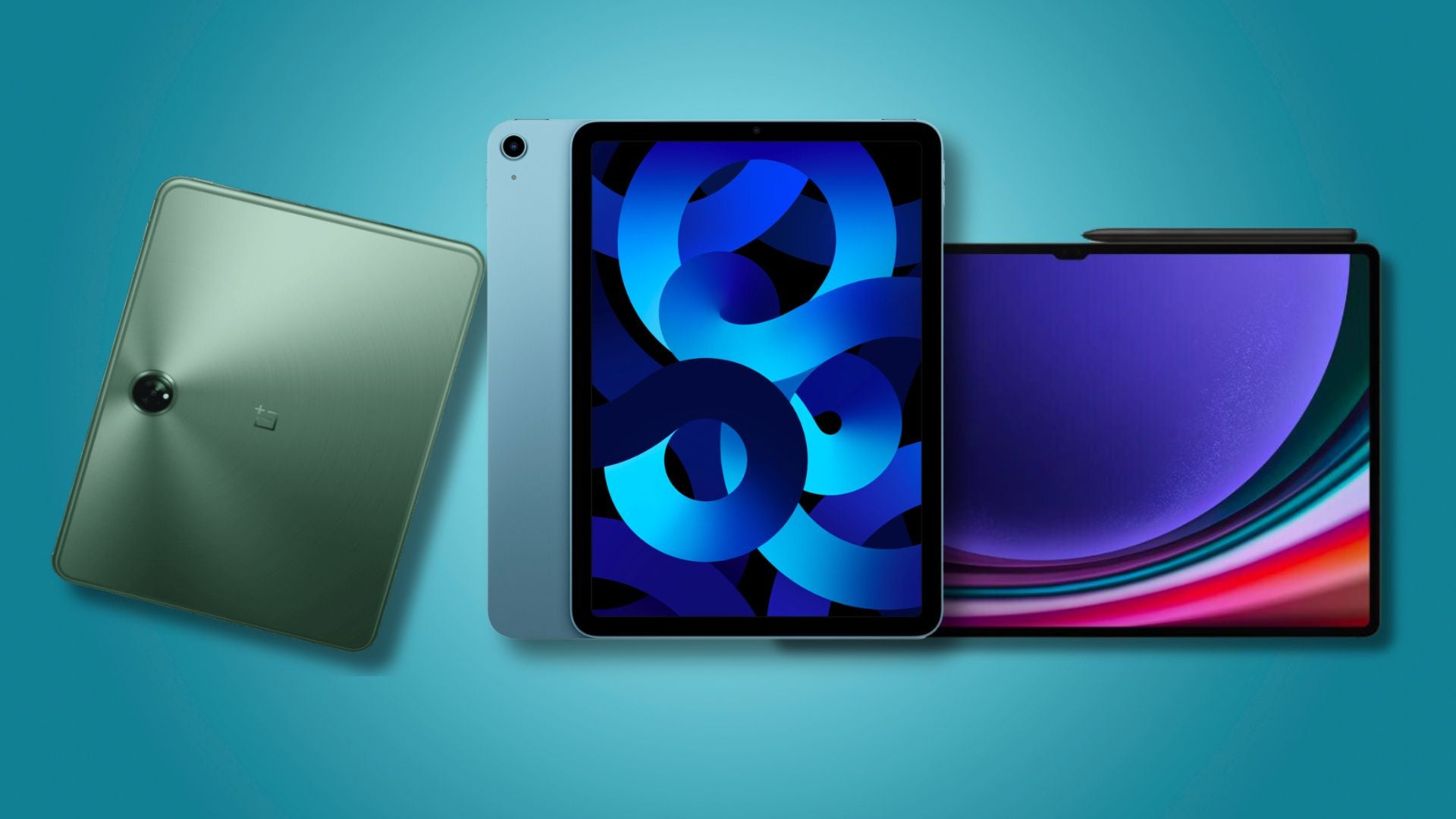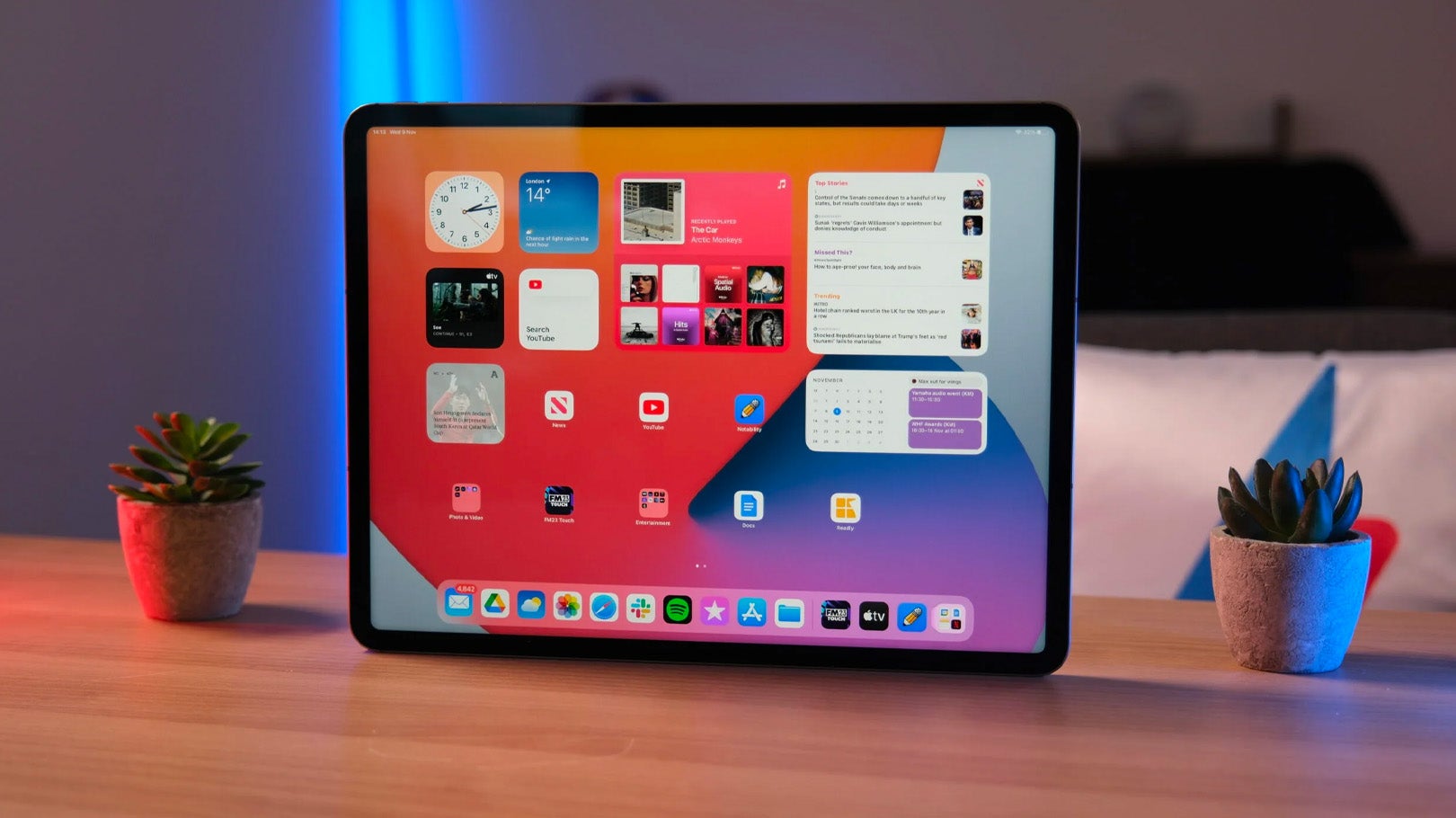Winners and Losers: Motorola reveals rollable display concept, as Apple gets it wrong for Pencil users
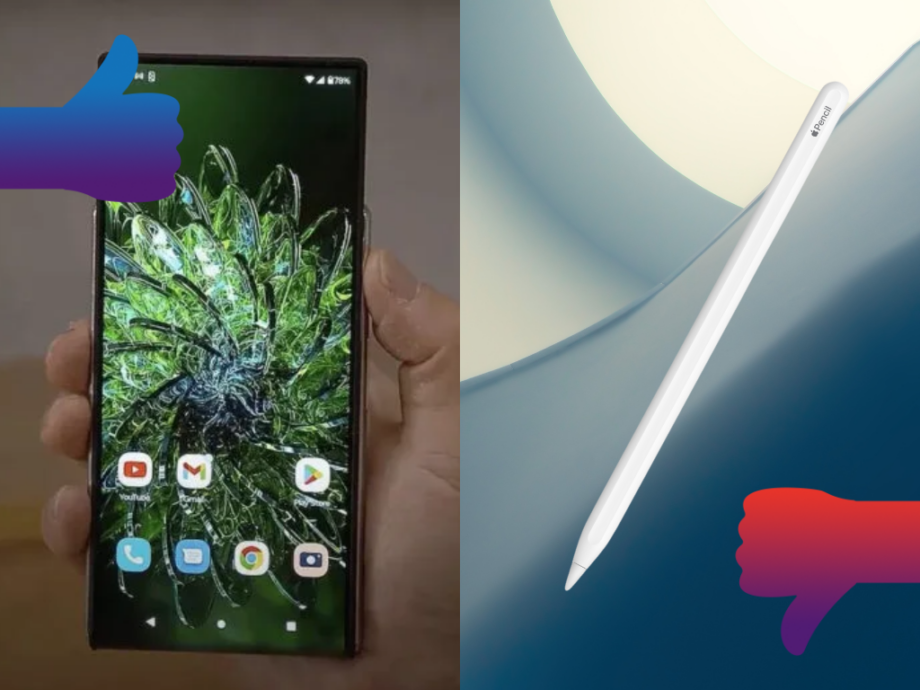
It’s Sunday, which means it’s time for us to choose our winner and loser from the last week.
This week was a relatively quiet one as far as tech news goes. Apple unveiled the latest updates to its iPad and iPad Pro lines, while Nothing announced a 50% price hike on its Ear (1) earbuds and Netflix revealed it was exploring the possibility of launching a cloud gaming service.
However, this week’s winner is Motorola, while our loser is Apple. Read on to find out why each company earned their spots.
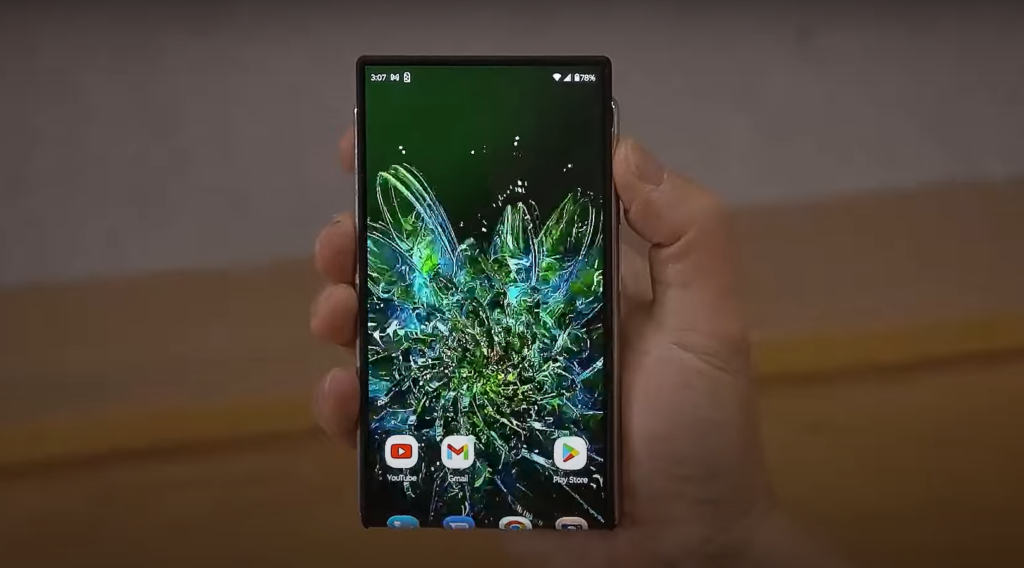
Winner: Motorola
This week’s winner is Motorola after the brand unveiled an interesting new concept phone at Lenovo’s annual Tech World showcase.
The smartphone – which Motorola has aptly named “Rollable” – has a compact display that unfurls into a larger one, leaving you with more space to play games, watch movies or whatever else that might benefit from a larger screen.
While the concept of a rollable display isn’t new, most rollable phones we’ve seen have focussed on extending into large tablet-sized devices – think the gone-too-soon LG Rollable, for example.
The Motorola Rollable differs by starting out at just over 4-inches tall and extending into a 6.5-inch phone, making it feel more practical than many of the rollable concepts that have come before it.
By designing a rollable phone, Motorola is addressing the problem that foldables, like the Galaxy Z Series and Motorola’s own Razr, have been striving to fix for a couple of years. Both technologies make it possible to carry a large screen without it sticking out of your pockets or taking up the space in a bag, which is becoming more important as smartphones seem to get bigger every year.
Of course, the Rollable is only a concept right now, but it’s exciting to see companies experiment with different screen technologies.
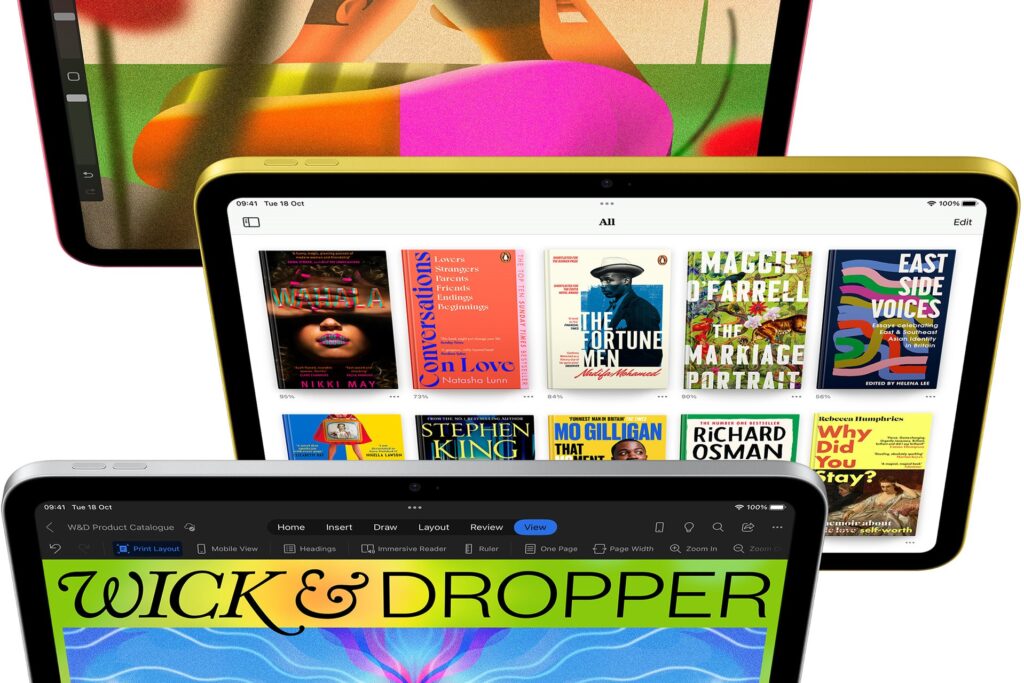
Loser: Apple
This week’s loser is Apple after the company announced the latest addition to its iPad line, the iPad 10.
The iPad features a 10.9-inch Liquid Retina display, a 12-megapixel rear camera with 4K video support, an ultra-wide 12-megapixel front camera, Wi-Fi 6 and 5G connectivity and the A14 Bionic chip.
The tablet is also compatible with a handful of accessories, including the Magic Keyboard Folio keyboard and the Apple Pencil – but only the 1st generation.
There’s nothing obviously wrong at first glance. The last iPad only supported the 1st generation Apple Pencil, too, and the iPad 10 is cheaper than Apple’s other models, so it makes sense the company wouldn’t include every feature from the iPad Pro.
Where the lack of 2nd gen Apple Pencil does become an issue is the introduction of a USB-C port to the tablet.
Apple has ditched the Lightning port on the iPad and, while there are plenty of positives to this (such as USB-C becoming the popular connection standard these days), there is a glaring issue. Unlike the Apple Pencil (2nd generation), which magnetically grips to the side of the tablet, the Apple Pencil (1st generation) requires a Lightning port to charge.
That makes it likely you’ll need to pay extra for Apple’s USB-C to Apple Pencil Adapter to pair and charge the 1st generation stylus. The adapter comes in the box with the newest version of the Apple Pencil (1st generation), but you’ll have to buy it separately if you don’t already have one.
While we were happy to see Apple keep the iPad at an affordable price, the adapter is a clunky solution to a problem that could have been fixed by introducing Apple Pencil (2nd gen) support.


